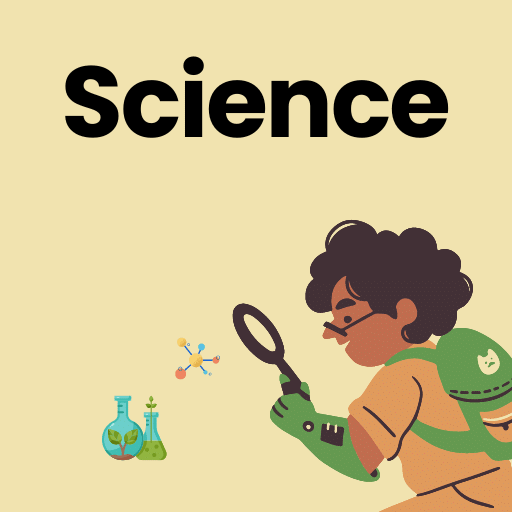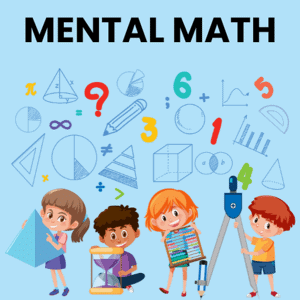Light and Shadow Class 2 Notes Science
Light
We cannot see anything in the dark. Light helps us to see the things around us.
During the daytime, the sunlight helps us to see things around us.
During the night, when there is no sunlight, we can see things due to the moonlight. At home, we use an electric bulb, tubelight or candle to see things.
Sometimes, when it is dark, we use a torch to find our way. Also when electricity goes off, we use a torch to look for things around us. All such things that give us light are called sources of light.
Do you know
The moon does not have its own light. It shines because the sunlight falls on it.
An insect called the glow worm also gives out light.
Shadow
Many a times, while playing in a park during daytime, you might have sat under a tree to take some rest under its shade. Did you ever wonder where this shade was produced from?
Well, the shade was produced when the tree blocked the sunlight. The shade was actually the shadow of the tree. The shadow of the tree is formed when it blocks the sunlight.
The shadow of the tree is formed when it blocks the sunlight.
A shadow is formed when light is not able to pass through something. Though a shadow is a dark patch, its shape resembles that of the object.
The size of the shadow of an object depends on how far it is from the source of light.
The size of our shadow keeps changing, from morning to evening. In the morning and evening, the shadow is long. At noon, when the sun is just above our head, the shadow is the shortest. The size of our shadow changes with time
The size of our shadow changes with time
|
13 videos|80 docs|24 tests
|
FAQs on Light and Shadow Class 2 Notes Science
| 1. What is light and shadow? |  |
| 2. How does light travel? |  |
| 3. What is the difference between a transparent and opaque object? |  |
| 4. How are shadows formed? |  |
| 5. What are the different types of shadows? |  |



























